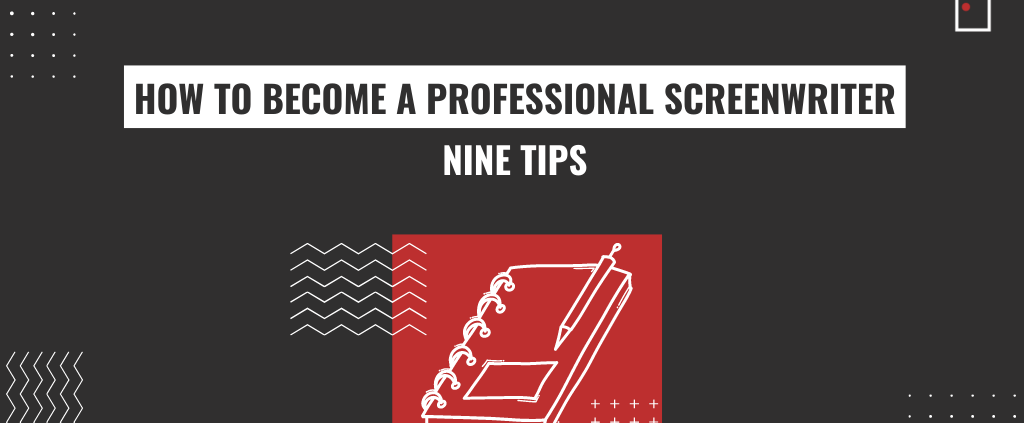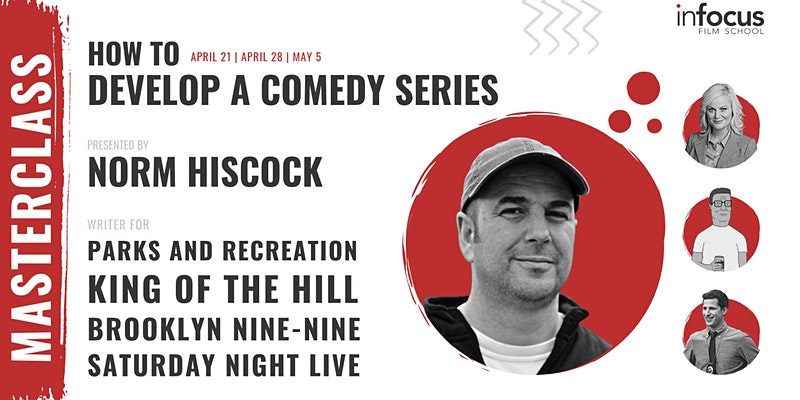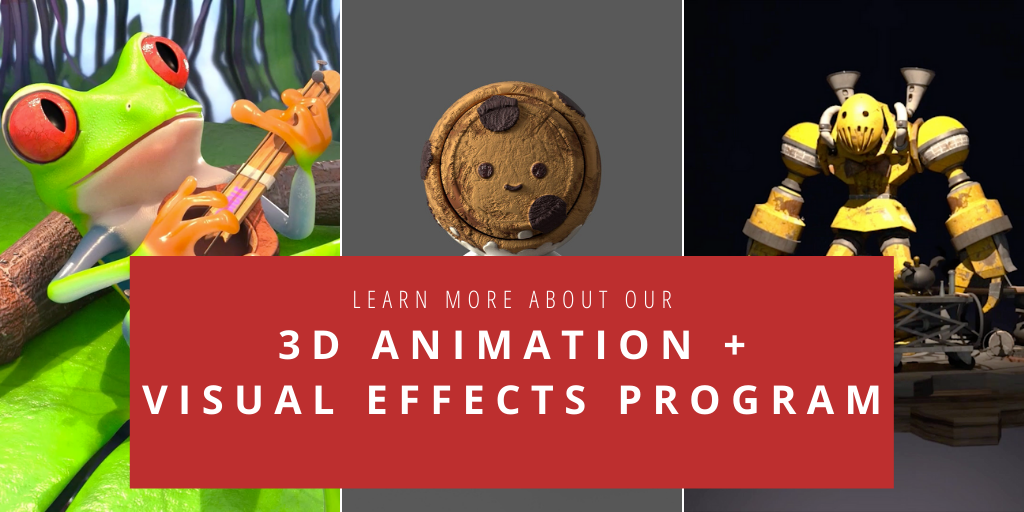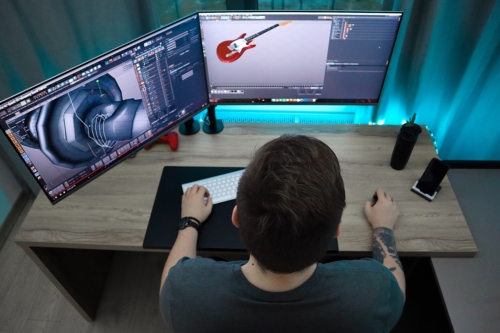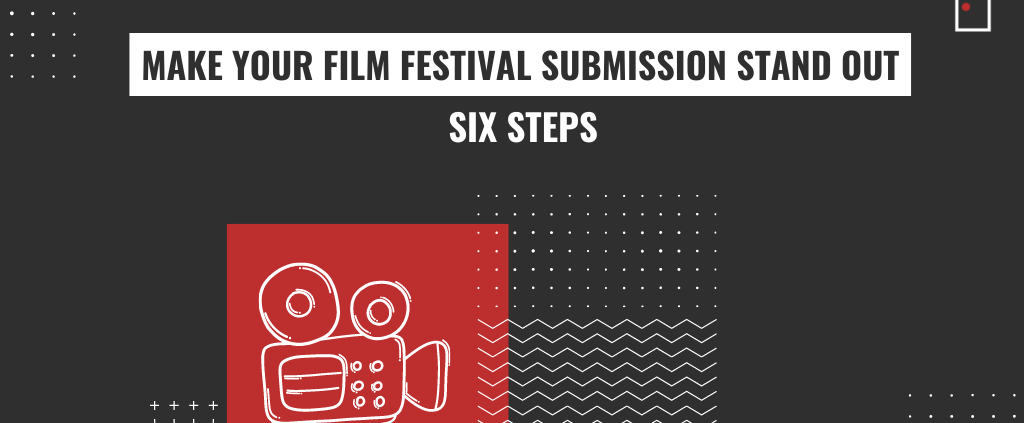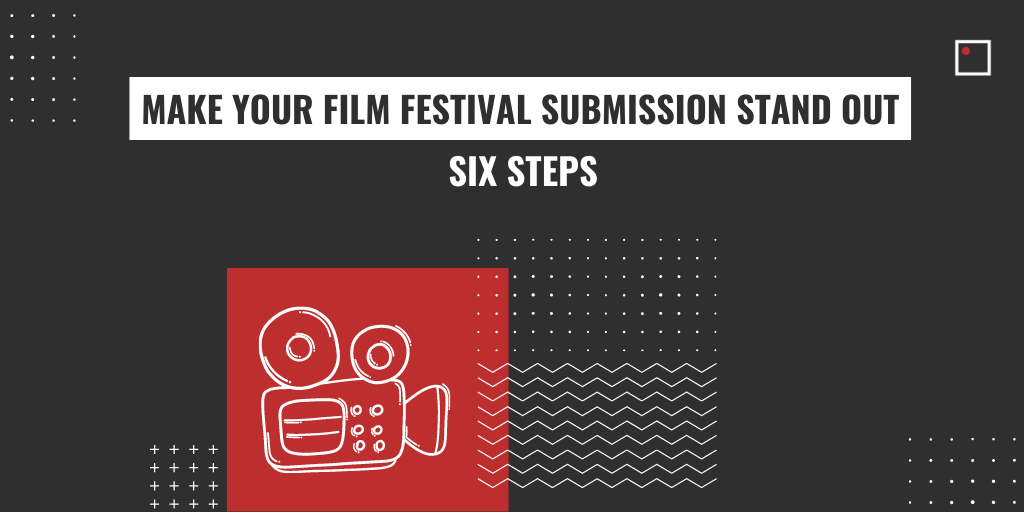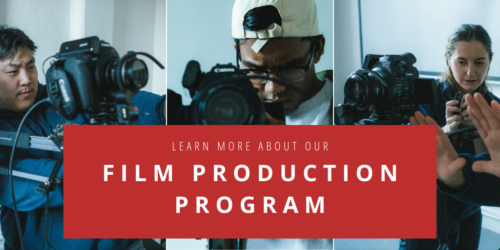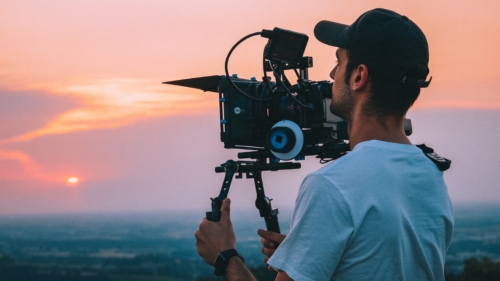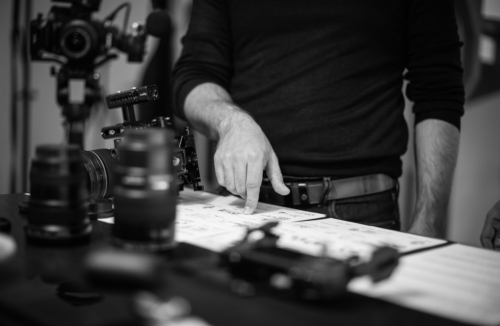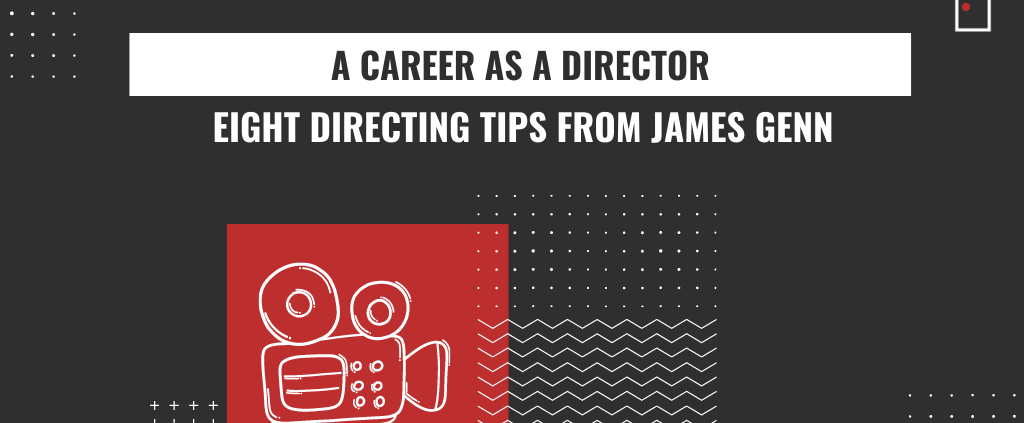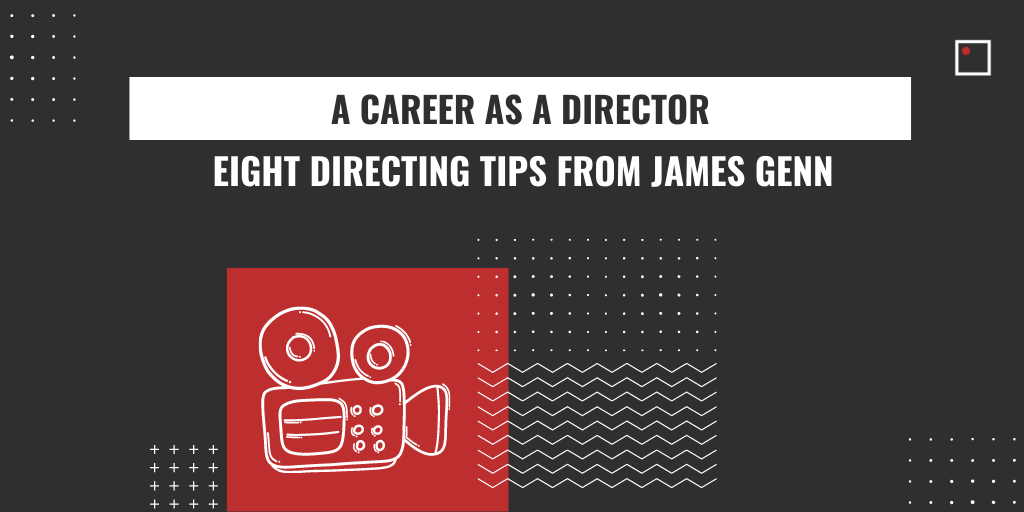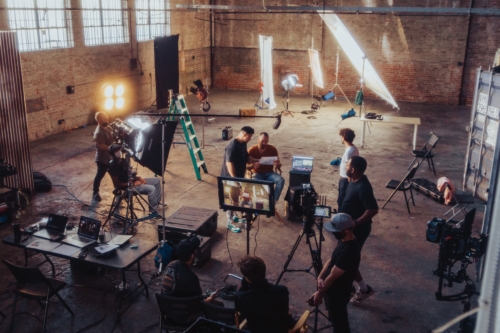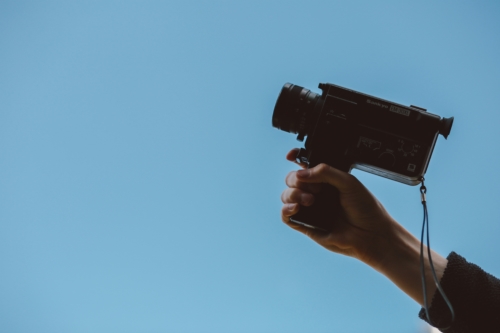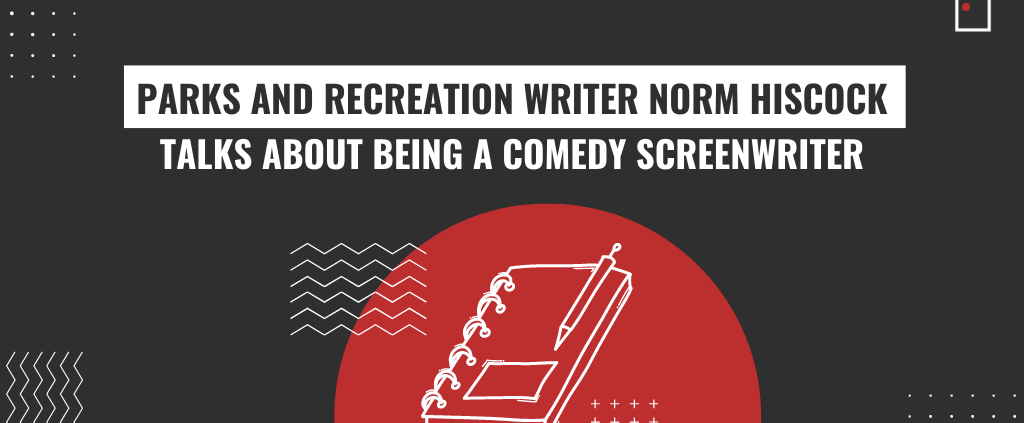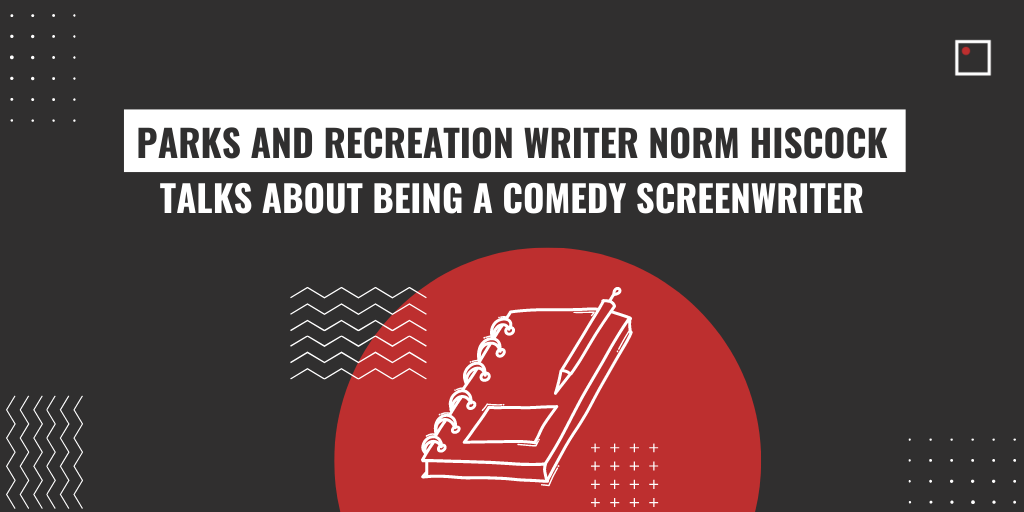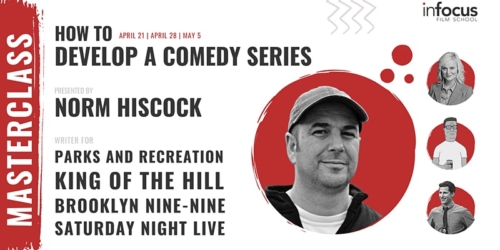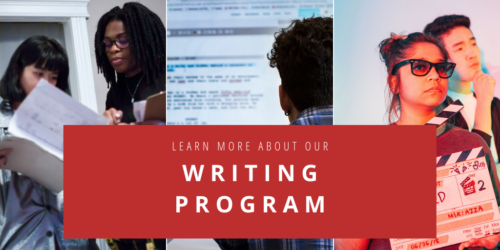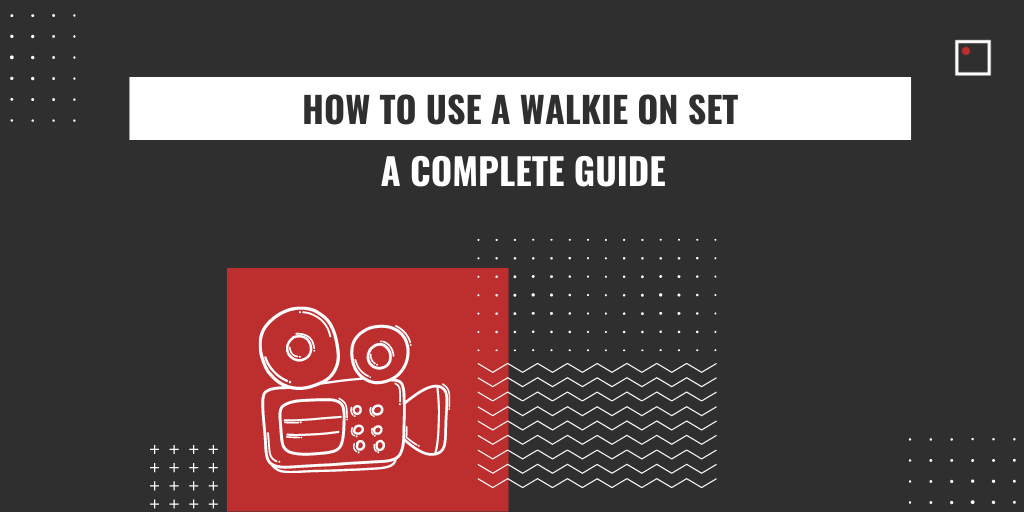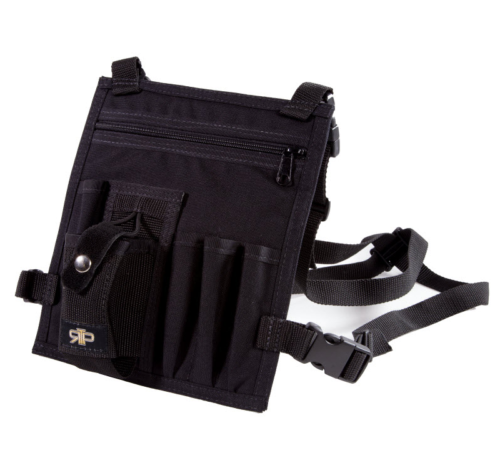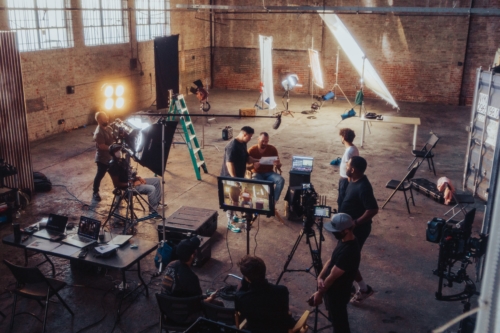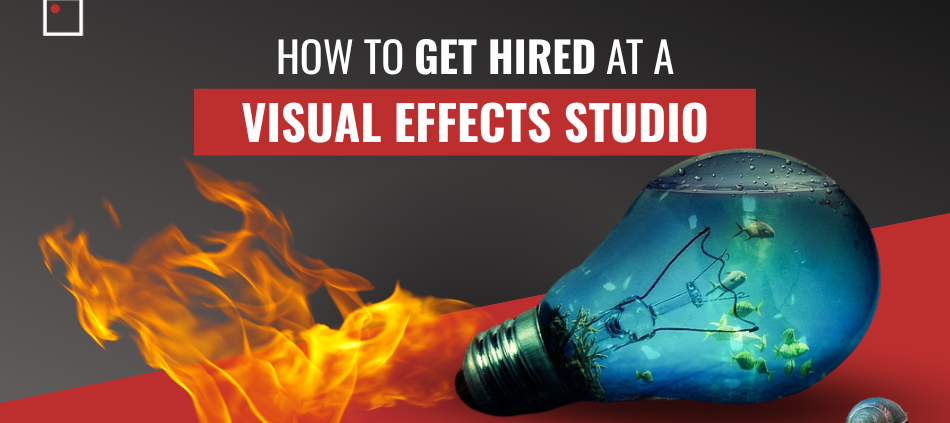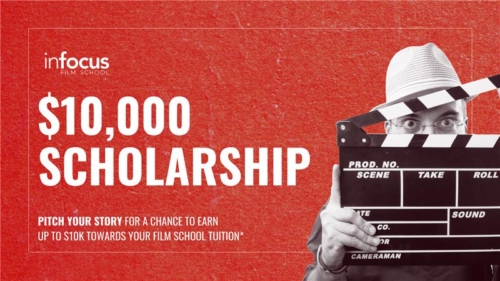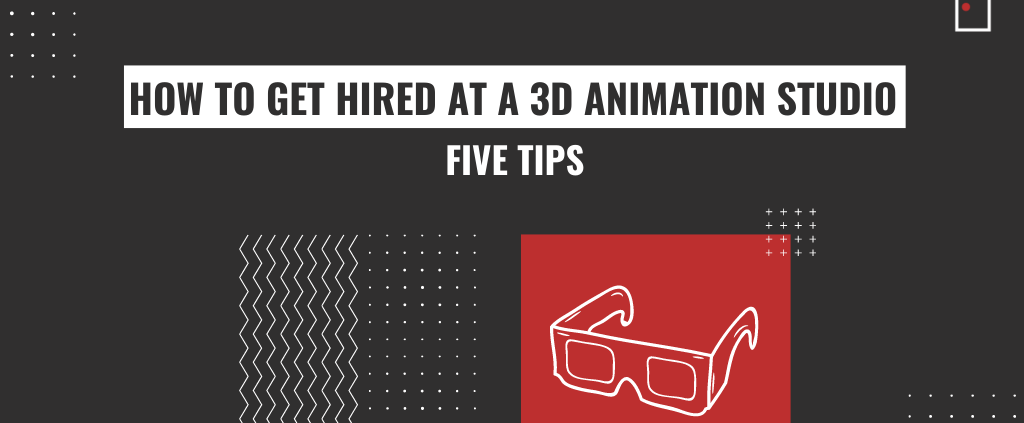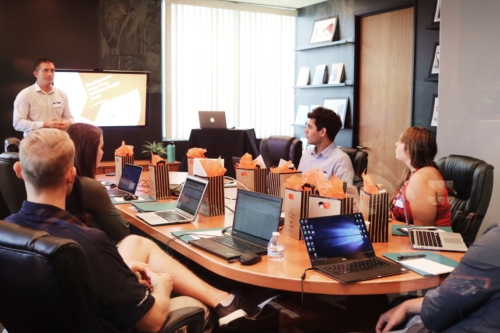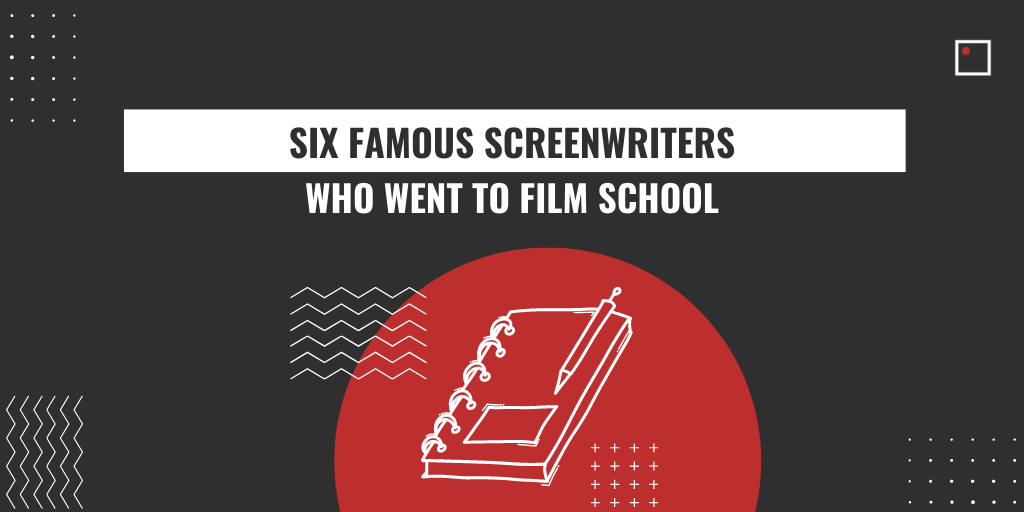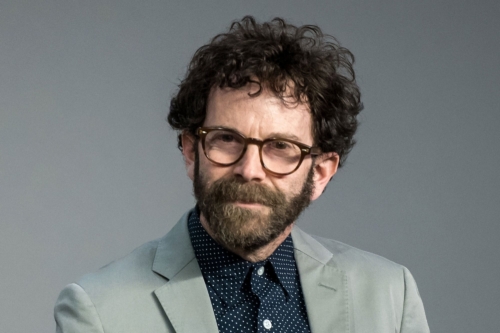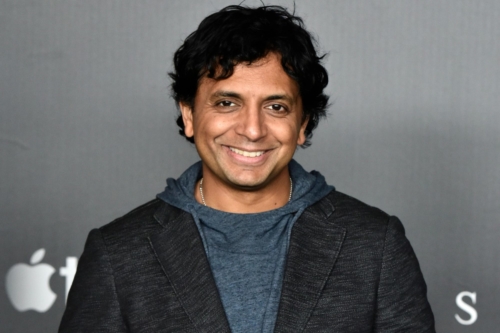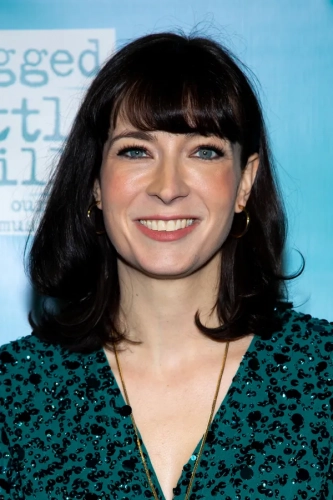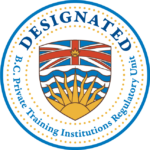Wondering how to become a professional screenwriter? Keep reading for nine tips on how to get your start in the screenwriting industry.
By: Rachel Kim
So we hear you dream of becoming a professional screenwriter. You’re vibrating with ideas and you ardently long to see your stories come to moving, breathing, audio-visual life. You want your screenplays to join the annals of Oscar winners like Aaron Sorkin’s The Social Network and Bong Joon-Ho’s Parasite or like Quentin Tarantino’s Inglorious Basterds (which didn’t win Best Original Screenplay but was so popular, it was sold as a paperback in bookstores!).
But where do you begin? How do you become a professional screenwriter?
The short answer is with a lot of work and perseverance. But you already knew that. Besides, you have enough passion and coffee to fuel you through it.
If you’re serious about a career in screenwriting, keep reading for the long answer in our guide on how to become a professional screenwriter.

Click here to learn more about InFocus Film School’s Writing for Film and Television Program!
Amateur VS. Professional Screenwriters
All professional screenwriters were once amateurs. In fact, the very best professionals still carry the spark—the love of storytelling and the craft—that they had when they first began. Everything else they learned and developed on the way.
To become a professional screenwriter, it requires certain skills, knowledge, and perception that hobbyists don’t necessarily need. Professionals know how to analyze their own work, see what worked and what didn’t, and adjust their processes to produce better writing. They also know how to accept, evaluate, and use feedback as well as provide constructive feedback for others.
The ability to work collaboratively with others is especially crucial for TV writers who spend most of their time hashing it out as a group in the writer’s room. Get a sneak peak of what happens in a TV writers room here.
How to Become a Professional Screenwriter
1. Master Standard Formatting
If you read the Inglourious Basterds screenplay, you’ll notice interesting quirks and breaks from screenplay conventions. But that’s only allowed because it was written by Quentin Tarantino. Since you aren’t Tarantino, such deviations are only going to hurt your script’s chances of even getting read. It’s best to make standard formatting second nature to you, at least until you hit it big.
2. Sign Up for Masterclasses
Attending a masterclass is a great way to get a taste of structured instruction as well as inspiration from highly-experienced and successful screenwriters in the industry. Many masterclasses (like the upcoming “How to Develop a Comedy Series” masterclass with Emmy-Award winning screenwriter Norm Hiscock) are held online, making them more affordable and accessible for all.
3. Join a Writer’s Group
As already said above, a professional writer needs to be able to work with others, whether that means exchanging feedback or working collaboratively on a single project. Writers aren’t exactly known for their social prowess but, like working out a muscle, repeated practice will take you a long way. Joining a group of writers to share your work, give and receive critique, and even offer support in each other’s creative journeys will prepare you for a professional screenwriter’s life.
4. Use Specialized Screenwriting Software
The tool doesn’t make the artist but it can sure make your life easier. Professional screenwriters do create their work in specialized screenwriting software because it makes formatting easier and provides a clean space to write without distractions.
The industry standard software is Final Draft, used by 95% of studios including Netflix, Paramount, ABC, Pixar, and more. Though it is fairly pricey, it only requires a one-time payment and a provides 30-day trial.
Alternate options include:
- One-time payment: Fade In, Movie Magic Screenwriter
- Subscription: Celtex, WriterDuet, Scrivener
- Freemium: Arc Studio Pro, KitScenarist.
- Free/Open-source: Trelby
Maybe your word processor of choice is good enough for you now, but it’s worth learning how to use Final Draft at least so you can confidently integrate into the industry’s practices.
5. Read Screenplays
All writers need to read other works by better writers. As a screenwriter who loves film, it isn’t enough to watch movies. You have to read the screenplays to understand your craft or else you run into the pitfall of writing screenplays that feel off.
For example: dialogue. Dialogue that works too hard to mimic real life, or to mimic the way an actor might deliver it onscreen, doesn’t flow well on the page. Reading and writing have their own conventions and you need a good grasp of them to properly and skillfully engage the reader.
Moreover, it’s important to also read scripts by people who aren’t idiosyncratic auteurs. Get a good feel for the standard screenplay so you aren’t unwittingly copying someone else’s quirk. Remember: if they don’t know you, they won’t know if it’s intentional or a mistake.
6. Write & Rewrite & Rewrite & Rewrite
Okay, so this one is a no-brainer. You’ll get nowhere if you don’t actually write. Write an original pilot, write a screenplay for film, write spec scripts. Write log lines and treatments for your scripts. Don’t stop writing.
But don’t just write first drafts. Rewrite, and then rewrite again, and then rewrite it again. Knowing where to look and how to polish your drafts is crucial to become a professional screenwriter. Plus, with practice, you’ll build up the stamina you need to do those countless rewrites without breaking a sweat.
7. Create a Professional Portfolio
Alright, you’ve written and rewritten and now you’ve got a good pile of completed scripts. It’s time to put together a professional screenwriting portfolio.
Pick out a balanced variety of your BEST original and spec scripts or feature film screenplays. Add in your resume, cover letter, and—if you’re lucky enough to have industry contacts—recommendation letters. Make sure your digital portfolio is easy to navigate and your files are labeled and presented neatly.
8. Submit to Screenwriting Fellowships, Grants, & Competitions
Getting started in the competitive screenwriting field can be hard, especially without connections. However, submitting to programs like the Academy Nicholl Fellowships or the Sundance Screenwriters Lab gives you a chance to get your work produced, secure an agent, receive mentorship, and/or built a network. Check out some screenwriting contests that can launch you career here.
9. Commit to Your Screenwriting Career
Committing to your career means putting your time, energy, and money where your mouth is. Invest in yourself by taking courses, meeting and workshopping with other writers, seeking resources, attending events, or enrolling in a professional screenwriting program. Take your dreams seriously so others will take you seriously too.

Advantages of Attending a Professional Screenwriting Program
Enroling in a film school or a screenwriting course is a big but highly valuable investment. The difference is like journeying down a uneven dirt road versus a paved street. Schools provide the infrastructure in which you can focus on your writing while maintaining a clear understanding of where you need to go.
A proper professional screenwriting education provides:
- Mentorship from industry professionals
- Opportunities to network
- Organized education in creative theory and industry standards
- A springboard into the industry
- A diverse portfolio
- Experience working in a collaborative writing environment
- and more…
It’s also worth looking for a screenwriting course like InFocus’ Writing For Film + Television Program that emphasizes a writer’s room environment so students are familiar and comfortable collaborating with other writers and know what to expect before even entering the industry.
Another top asset found in school is your fellow classmates. Your peers will be your first network of screenwriting professionals as you enter the industry together. Creating connections with industry mentors and classmates alike is an invaluable advantage unique to the educational space.
Hopefully you now have a clearer idea of the path to become a professional screenwriter. If you’re considering attending a screenwriting program or even just have questions, our admissions advisors are always happy to chat.
The greatest screenwriters of our time started where you are now, so trust in your passion and invest in yourself. We can’t wait to see you become the next screenwriting superstar!
Related Articles:
Parks and Recreation Writer Norm Hiscock Talks About Becoming a Comedy Screenwriter


